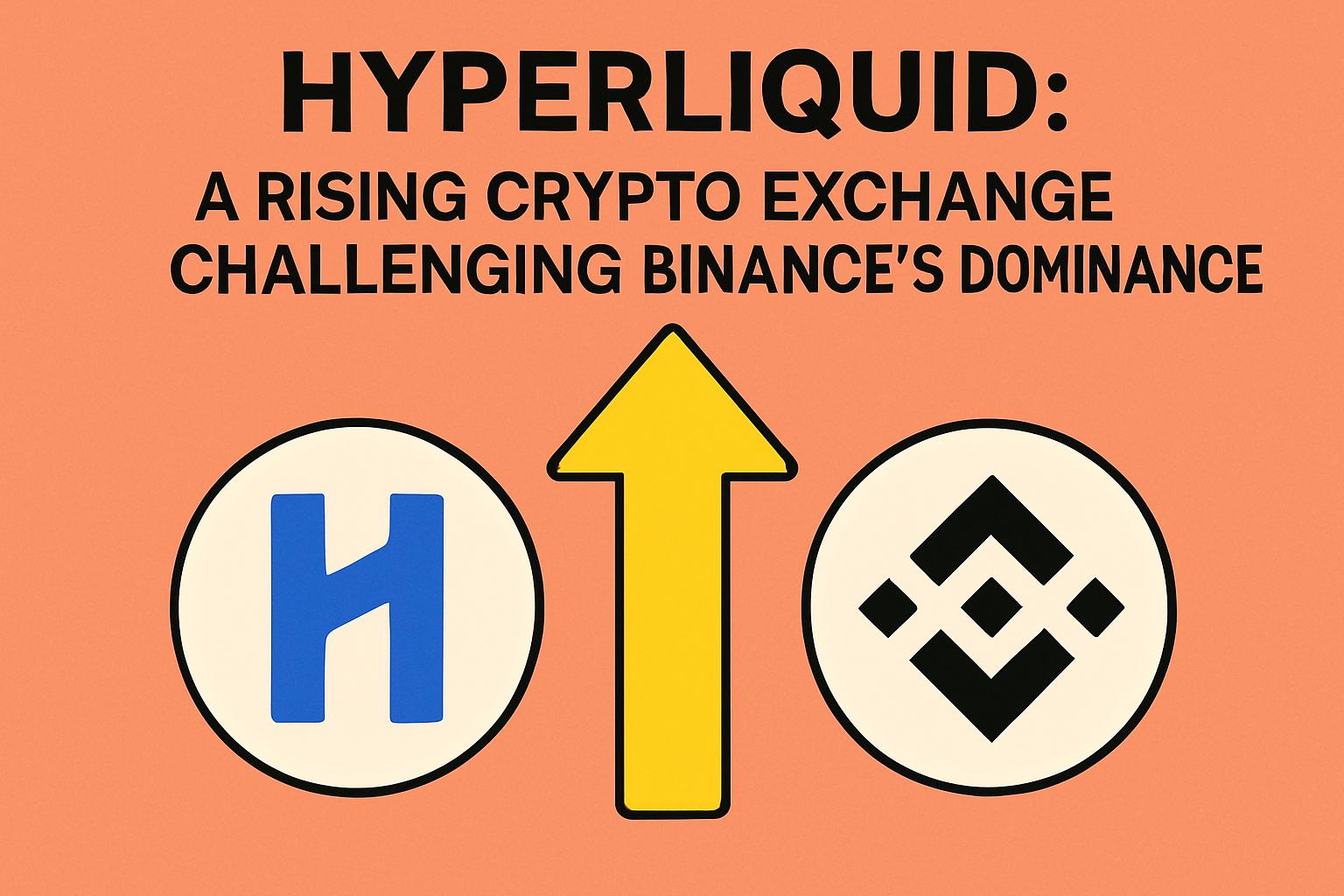The rapidly evolving world of cryptocurrency often sees new players on the block, but few have risen as quickly and prominently as Hyperliquid. In just two years, this decentralized perpetual contract exchange has surged from obscurity to become a formidable force in the crypto market. Supported by influential entities like Paradigm and Jump Trading, Hyperliquid has already crossed $300 billion in monthly contract volume, inciting both excitement and skepticism about its decentralization.
Meet the Contender: Hyperliquid
Founded by former Hudson River Trading trader Jeff Yan and a pseudonymous collaborator iliensinc, Hyperliquid operates from Singapore with a compact team of roughly 15 people. The platform specializes in perpetual contracts that allow users seamless, on-chain trading without the need for Know Your Customer (KYC) verification.
Jump Trading’s president, Dave Olsen, at a Coinbase summit, recognized Hyperliquid as Binance’s first genuine rival. Such bold endorsements further indicated that Hyperliquid’s combination of speed and anonymity is shaking up the status quo, positioning it against earlier decentralized stars like dYdX and GMX.
The Mechanism Behind Success: HLP
The secret ingredient to Hyperliquid’s rapid ascent lies in its Hyperliquidity Provider (HLP) mechanism, which tackles the liquidity dilemma that plagues most perpetual contracts. By participating in an automated liquidity pool, users effectively become market makers, ensuring constant buy and sell orders are met.
With over half a billion dollars in the HLP pool, it acts as the growth engine for the platform. However, this structure has sparked concerns about potential conflicts of interest, as critics argue that a system where market makers are also stakeholders could lead to questionable fairness in trading.
The Decentralization Debate
While priding itself on transparent, blockchain-verified trading, Hyperliquid still struggles with centralization claims. Presently, only 24 validators operate the platform, with the Hyper Foundation holding significant sway, controlling nearly two-thirds of the HYPE token staking power.
This concentrated authority was prominently highlighted during the March JELLY incident, where governance actions were seen as decidedly centralized, prompting accusations of misleading claims regarding decentralization.
The Role of Token Buybacks
Hyperliquid’s model also involves channeling most of its transaction fees into HYPE token buybacks, creating a self-reinforcing cycle. While supporters view this as a powerful growth-driver, detractors warn of sustainability risks, as reduced trading volumes could disrupt this loop.
Notably, Paradigm aims to introduce an $8.88 billion Nasdaq-listed fund holding HYPE tokens, opening doors for traditional investors to engage with this vibrant ecosystem.
Innovations and Regulatory Clouds
The platform’s recent HIP-3 upgrade enables community developers to independently launch and operate perpetual contract markets without prior approval by staking HYPE tokens. This democratization of market creation has broadened Hyperliquid’s appeal, akin to a hybrid of Coinbase and Ethereum.
Yet, as Hyperliquid expands, the question of regulation looms. Despite a gradual relaxation in U.S. regulatory stances, Hyperliquid’s borderless and rule-independent nature remains precariously positioned in the legal gray zone.
As Jump Trading’s Olsen noted, Hyperliquid’s rise underscores gaps in regulatory frameworks. It’s a burgeoning story that warrants close observation as it continues to ripple through the global crypto landscape, with the potential for significant regulatory scrutiny looming on the horizon.

![[News] Bitcoin at a Turning Point? 10x Research Signals a Bullish Macro Shift Ahead](https://cryptoexplores.com/wp-content/uploads/2025/06/new20250616.jpg)
![[News] Binance Lists $HOME, the Gas-Free, Bridge-Free All-in-One DeFi App](https://cryptoexplores.com/wp-content/uploads/2025/06/news20250617.jpg)